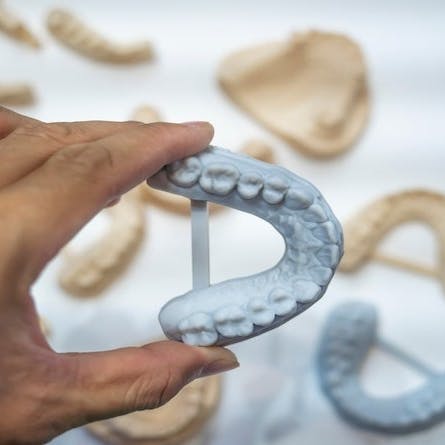Introduction
The Advent of Digital Dentistry
3D Printing: A Breakthrough in Dental Fabrication
Benefits of 3D Printing in Dentistry
The Integration of Digital Scanning and Imaging
Orthodontics and 3D Printing
The Role of AI and Machine Learning in Digital Dentistry
Challenges and Future Directions
Sustainable Practices in Digital Dentistry
Conclusion

Introduction
In the dynamic world of dentistry, the introduction of digital technologies and 3D printing has ushered in a new era of precision, efficiency, and patient-centered care. This article explores the transformative impact of these technologies on dental practices.
The Advent of Digital Dentistry
Digital dentistry represents a paradigm shift from traditional dental techniques. This approach involves the use of digital tools and technologies, such as digital imaging and computer-aided design/manufacturing (CAD/CAM).
3D Printing: A Breakthrough in Dental Fabrication
3D printing in dentistry involves creating dental appliances layer by layer from a digital model. This technology is particularly revolutionary in fabricating dental crowns, bridges, and orthodontic devices with unmatched precision.
Benefits of 3D Printing in Dentistry
The integration of 3D printing in dentistry offers numerous advantages, including customization, efficiency, cost-effectiveness, and the ability to perform innovative treatment options.
The Integration of Digital Scanning and Imaging
Digital scanning and imaging technologies have revolutionized dental diagnostics and treatment planning, including the use of intraoral scanners and advanced imaging techniques like cone-beam computed tomography (CBCT).
Orthodontics and 3D Printing
In orthodontics, 3D printing has transformed the fabrication of clear aligners and custom-made braces, making treatment more accessible, efficient, and aesthetically pleasing.
The Role of AI and Machine Learning in Digital Dentistry
The integration of AI and machine learning in digital dentistry is enhancing treatment planning, automating tasks, and predicting treatment outcomes with high accuracy.
Challenges and Future Directions
While promising, the adoption of digital dentistry and 3D printing faces challenges such as the cost of technology, the need for specialized training, and data security concerns.
Sustainable Practices in Digital Dentistry
Digital dentistry and 3D printing contribute to more sustainable dental practices through reduced waste and the development of eco-friendly materials.
Conclusion
Digital dentistry and 3D printing are revolutionizing dental care, offering significant improvements in treatment accuracy, patient comfort, and efficiency, with the potential to further transform dental practices.